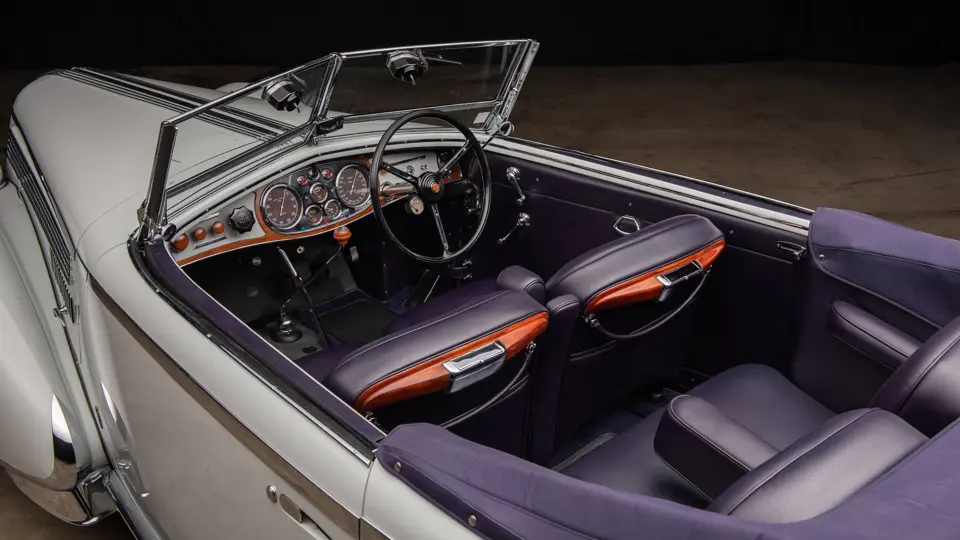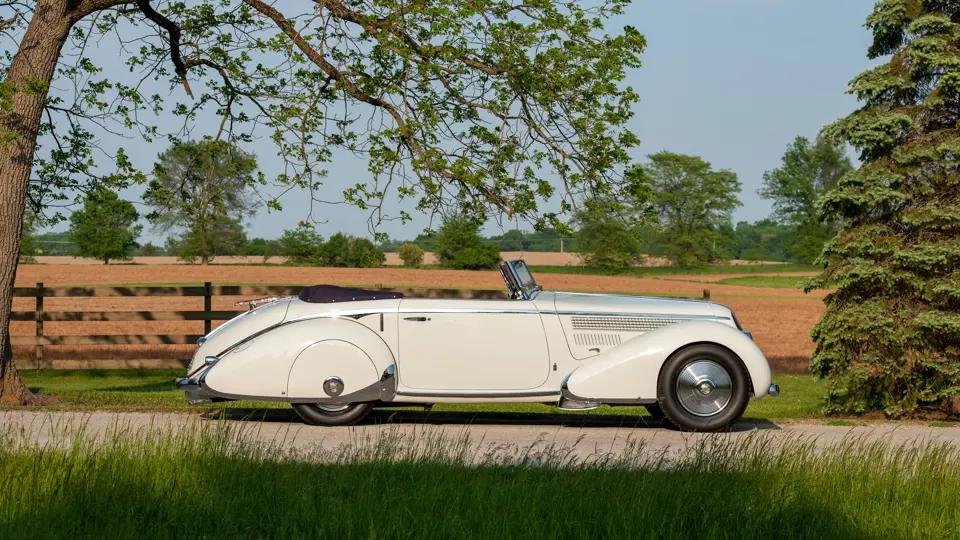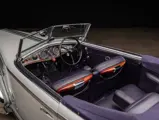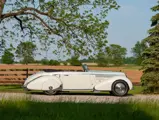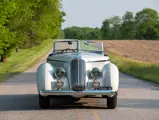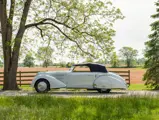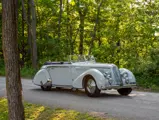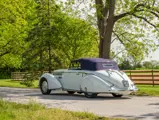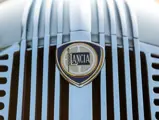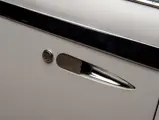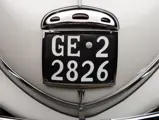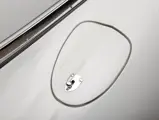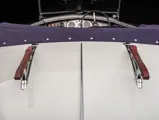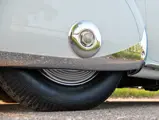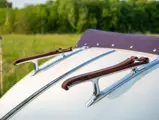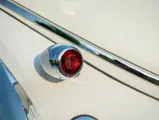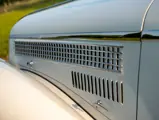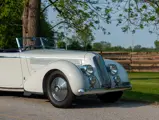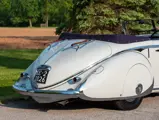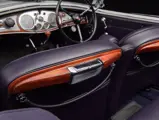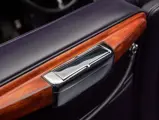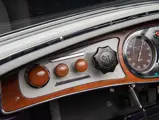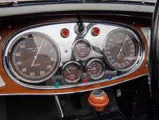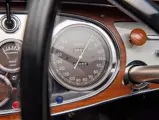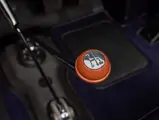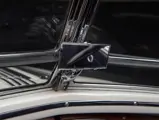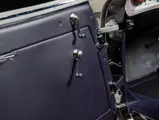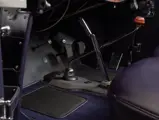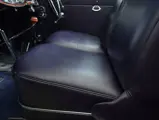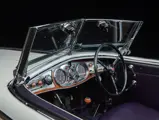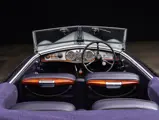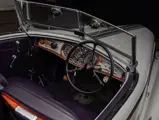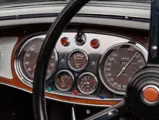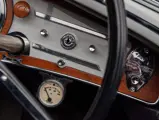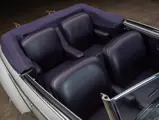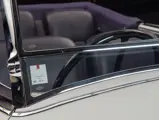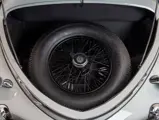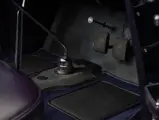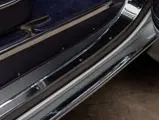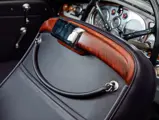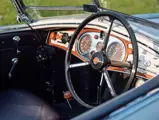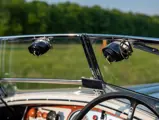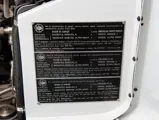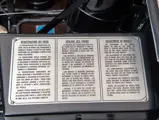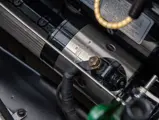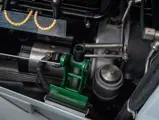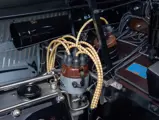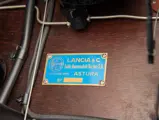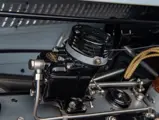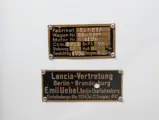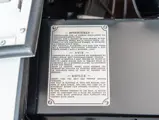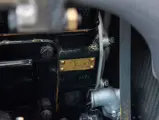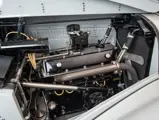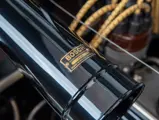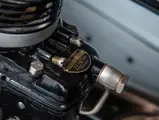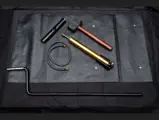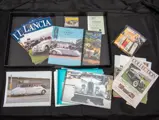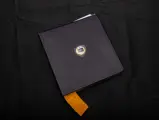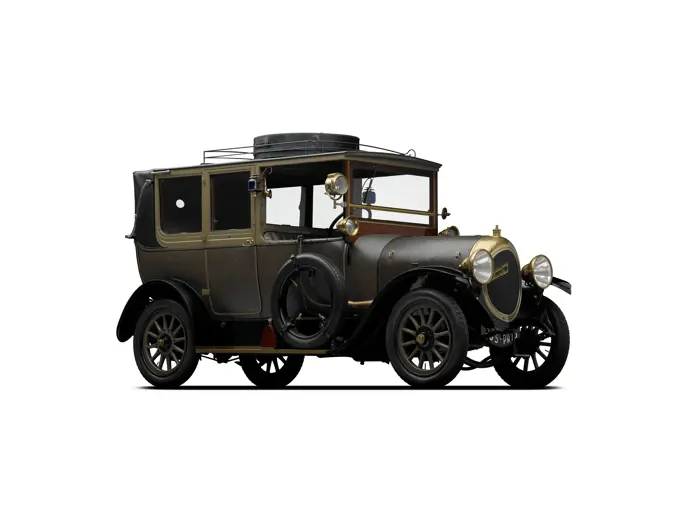
1936 Lancia Astura Cabriolet Series III 'Tipo Bocca' by Pinin Farina
{{lr.item.text}}
$1,187,500 USD | Sold
{{bidding.lot.reserveStatusFormatted}}
- One of only three extant short-wheelbase ‘Tipo Bocca’ Cabriolets
- Known history since new and retains its numbers-matching engine
- Exhibited by Pinin Farina at the 1936 Milan Motor Show and 1937 San Remo Concours
- Restored to concours standards in its original colors; noted ownership by Orin Smith and Oscar Davis
- Well-documented by marque historian and Pininfarina expert Paolo Giusti
- A Lancia of breathtaking beauty, great historical significance, and notable technological sophistication
As might be expected for an automaker founded by an engineer and racing driver, Lancia prioritized technological innovation, performance, and quality from its earliest days. Naturally, when the company applied this same uncompromising formula to larger and more luxurious cars, the results were no less spectacular—and this breathtaking 1936 Lancia Astura Cabriolet Series III “Tipo Bocca,” with its unique bodywork by Pinin Farina, represents the very best of the marque’s ample pre-war capabilities.
At the 1931 Paris Salon, Lancia unveiled a new two-model lineup led by the single-overhead-cam V-8-powered Astura. The model developed through four series built until 1939, the third of which was offered in two different wheelbase lengths and introduced a more highly developed engine with an increased displacement of nearly three liters. But if one criticism might be leveled at the Astura, it was that the factory coachwork was too conservative.
By the mid-1930s, streamlining and Art Deco styling were beginning to take hold with well-heeled European customers, and some Lancia dealers aspired for more dynamic packaging for what was a remarkably capable chassis. This was particularly true of the three Bocca brothers, who managed Lancia sales concerns in Vercelli, Biella, and Novara.
As fellow Piedmont natives, the brothers were able to persuade Vincenzo Lancia to accept a special commission for a small number of coachbuilt cars to be built upon the third-series Astura. The Bocca’s chosen coachbuilder was Battista “Pinin” Farina, who had struck out on his own in 1930 after exiting his brother’s more established coachbuilding concern.
An accompanying Fiat Certificate of Origin shows this particular Astura, 33-5313, was originally fitted with engine number 91-1171, and delivered as a bare chassis to Pinin Farina in the summer of 1936. Research supplied by marque historian and Pininfarina expert Paolo Giusti notes that it was subsequently clothed in a body designed by Mario Revelli di Beaumont, who took full advantage of the narrow-angle V-8 to create a rakish yet restrained cabriolet design. Giusti further notes that the car is one of only three known, extant short-wheelbase “Tipo Bocca”
Astura Cabriolets built by Pinin Farina. Highlighting the car’s restrained elegance was its subtle, off-white paint with blue upholstery and electro-mechanical roof design, which was patented by Pinin Farina in 1934, and which became standard on the “Tipo Bocca” series from 1936 onwards.
The car’s aerodynamic profile features a sloping, rounded grille, whose horizontal bars are interrupted by a dramatic “waterfall” of chrome strakes running from the slim bumper to the base of a vee’d windshield. Peaked front fenders are separated from the body by rounded fairings that feature individually integrated headlights and driving lights, while the rear fender spats also contribute to Revelli’s elegant and streamlined design.
When completed by Pinin Farina, 33-5313 was displayed on their exhibition stand at the 1936 Milan Motor Show where it received the President’s Cup from the Royal Automobile Club of Italy (R.A.C.I.). Following its award-winning debut, chassis number 33-5313 was acquired by Ghiara & C., Lancia’s main agent in Genoa. Ghiara quickly sold the car to Cav. Piero Sanguineti, a local industrialist. In May 1937, Sanguineti showed his stunning “Tipo Bocca” in the inaugural San Remo Concours d’Elegance, and it was lavished with a class award.
The car was subsequently purchased by Emil Uebel, Lancia’s German distributor, who reportedly kept it in his main facility in Berlin-Charlottenburg. In early 1947 it was acquired by American collector Barney Pollard, as part of a package deal with two steam locomotives. Pollard shipped number 33-5313 to the United States and kept it until 1980, when it was purchased by Armand Giglio, former President of the American Lancia Club. Giglio held this “Tipo Bocca” for a further two decades, selling it in 2004 to an owner in Connecticut. Other than an older repaint, it reportedly remained in largely original condition, but with some deterioration of the body’s wood framing, which he soon had completely redone.
A RETURN TO CONCOURS-WORTHY GLORY
In late 2011, this preeminent Astura was acquired by the noted collector Orin Smith, who immediately commissioned Vantage Motorworks of Miami to complete a comprehensive, multi-year concours-grade restoration. Refinished in its original show-stand appearance of pale gray over blue leather, the car easily achieved Best in Class at the Classic Sports Sunday at Mar-a-Lago, and People’s Choice at Amelia Island, both in 2013. It subsequently journeyed back to Italy, where it was judged Most Sympathetic Restoration at the 2014 Concorso d’Eleganza Villa d’Este. The Petersen Automotive Museum in Los Angeles soon thereafter included 33-5313 as part of their critically acclaimed “Rolling Sculpture” exhibit of advanced streamlined design.
Importantly, the significance of the Astura “Tipo Bocca” series’ design was widely cemented in 2016 by one of this car’s long-wheelbase siblings (33-3277), which claimed Best in Class, Most Elegant Convertible, and the coveted Best of Show trophies in that year’s Pebble Beach Concours d’Elegance.
In 2017, 33-5313 was purchased from Smith by the celebrated collector Oscar Davis of Plainfield, New Jersey. Undeniably more luxurious than many of Davis’ sport and racing-focused machines, the Astura is nevertheless a true thoroughbred; its style, advanced technology, and remarkable pedigree made it a natural fit for his curated stable.
Now offered from an important collection of exquisite, award-winning Italian automobiles, this well-documented, and internationally recognized “Tipo Bocca” represents an opportunity to acquire one of the most important and beautiful examples of Italian engineering and coachbuilding—a show car par excellence, now as then. It embodies the very best of pre-war motoring: A moment when Lancia’s cutting-edge engineering and Pinin Farina’s unparalleled artistry combined to form a wonderful, rare, and truly timeless piece of moving sculpture.





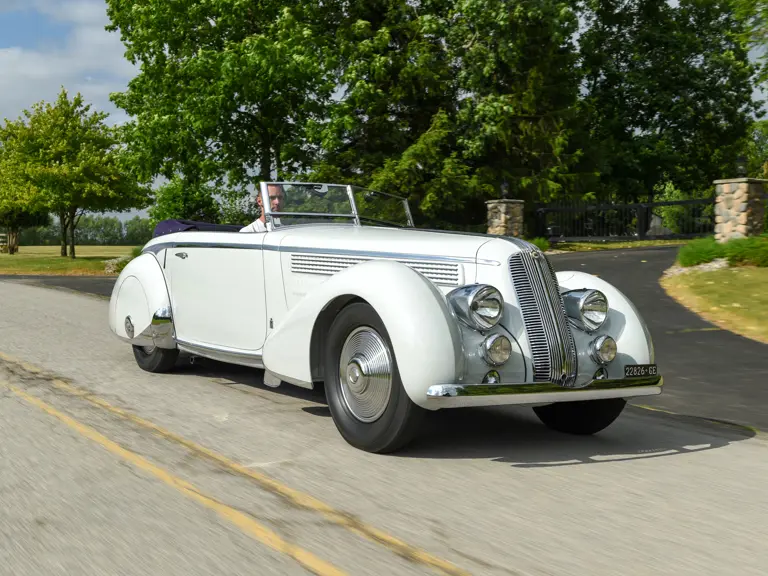
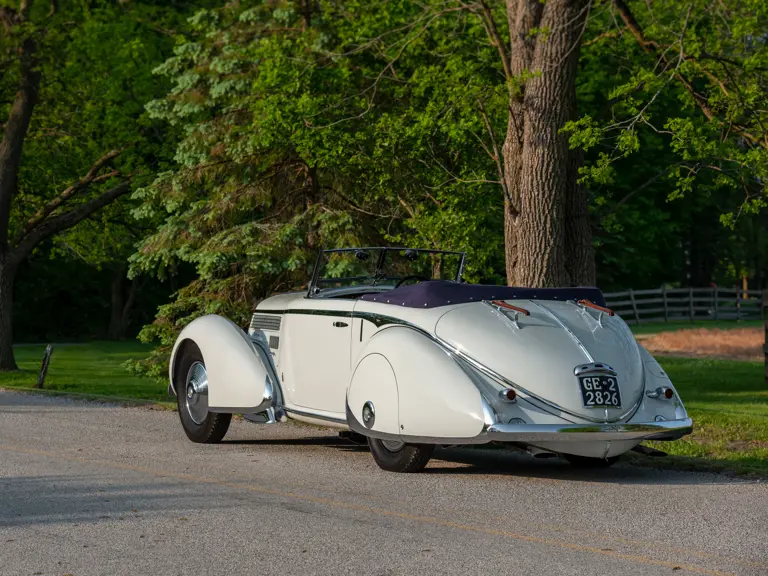



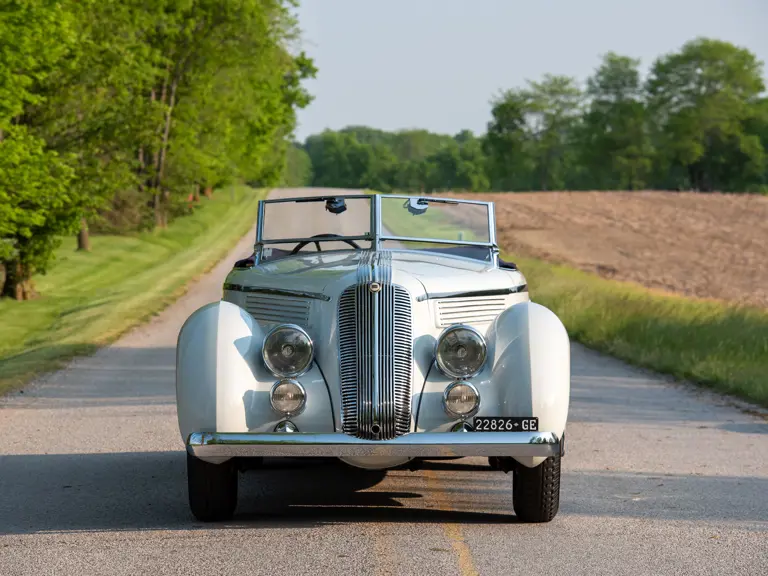
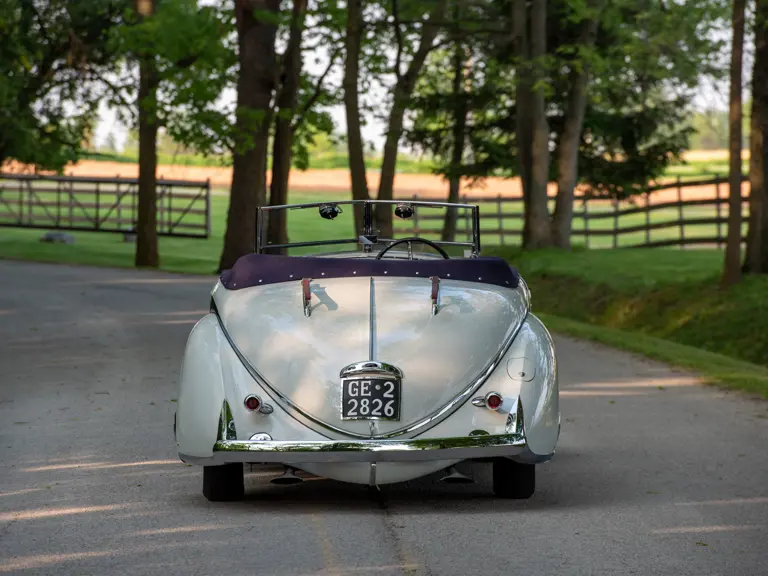

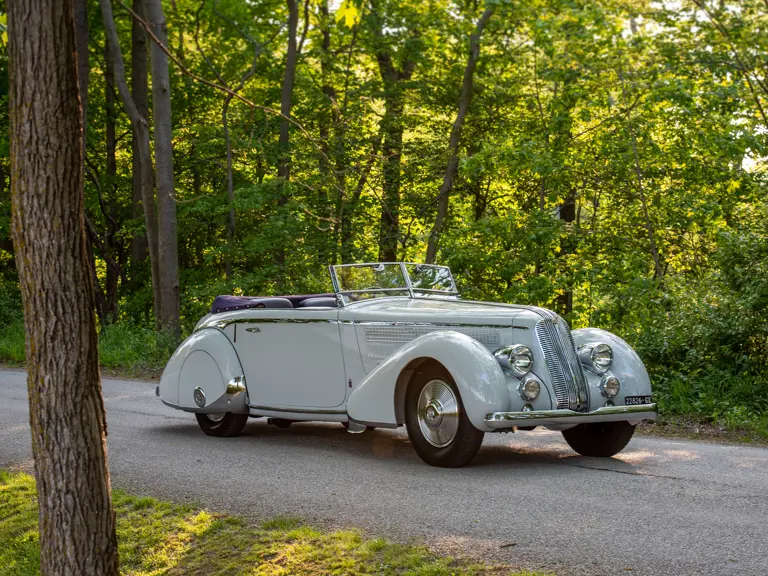

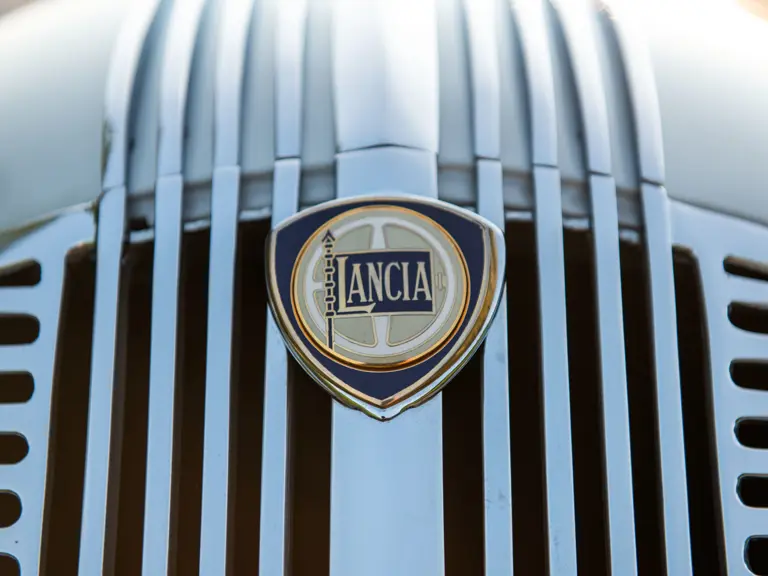
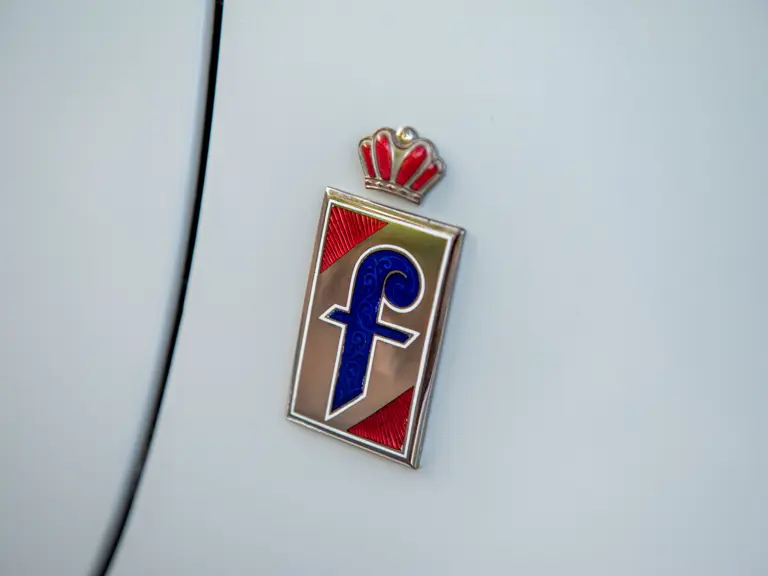
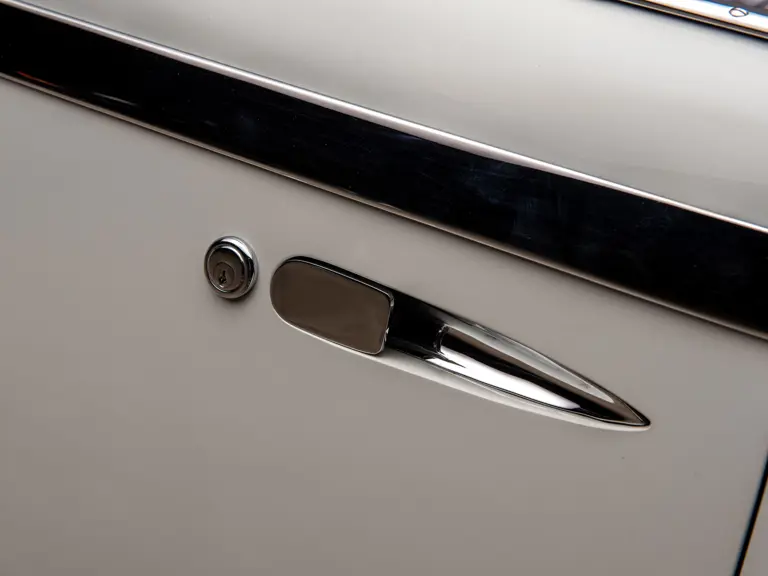
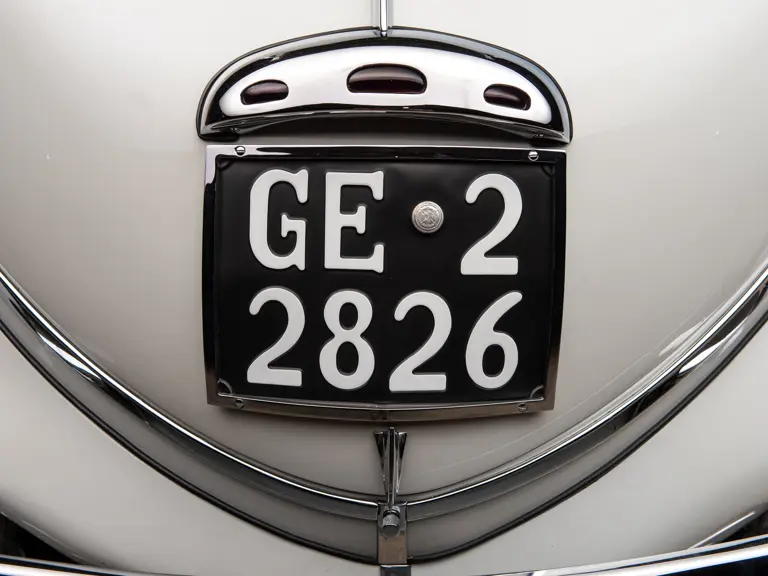
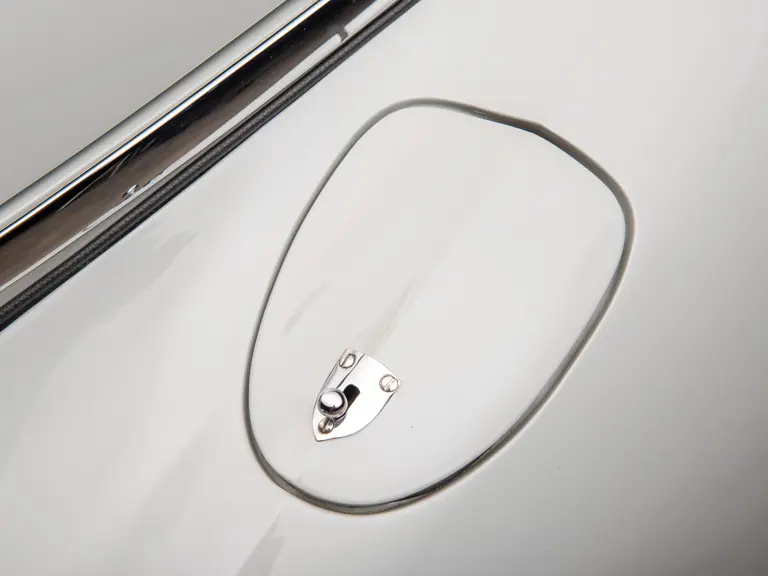
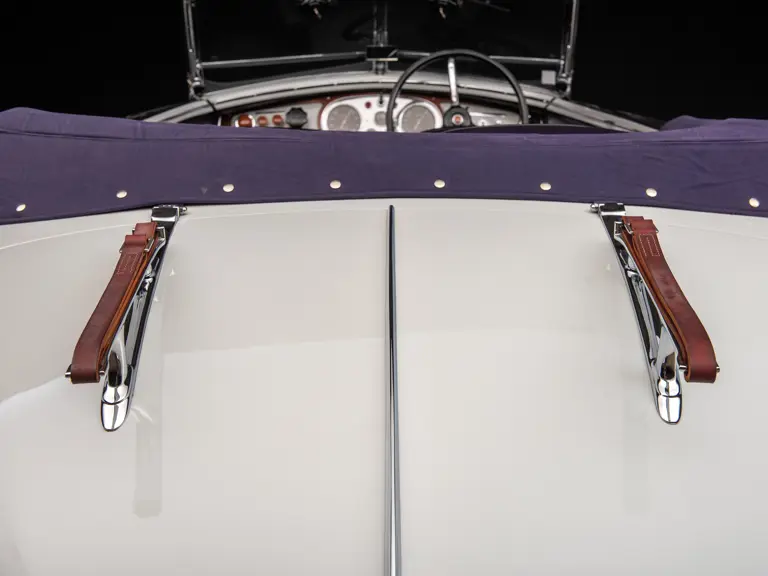
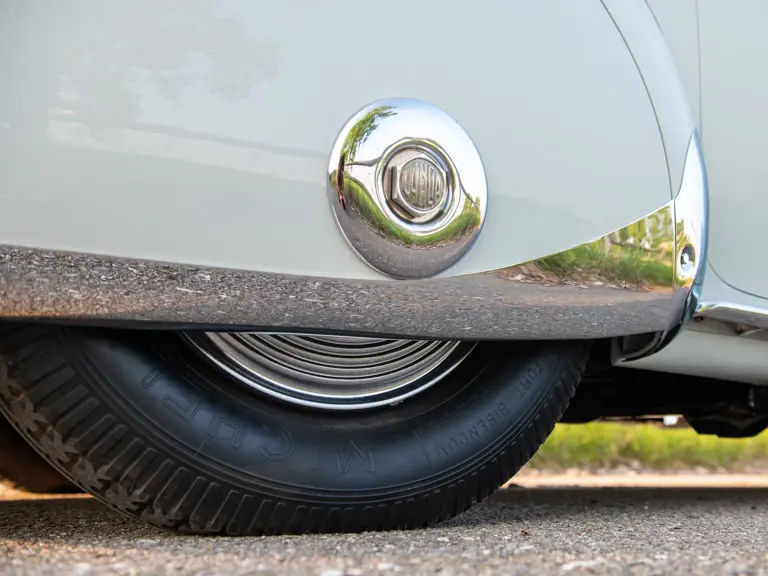
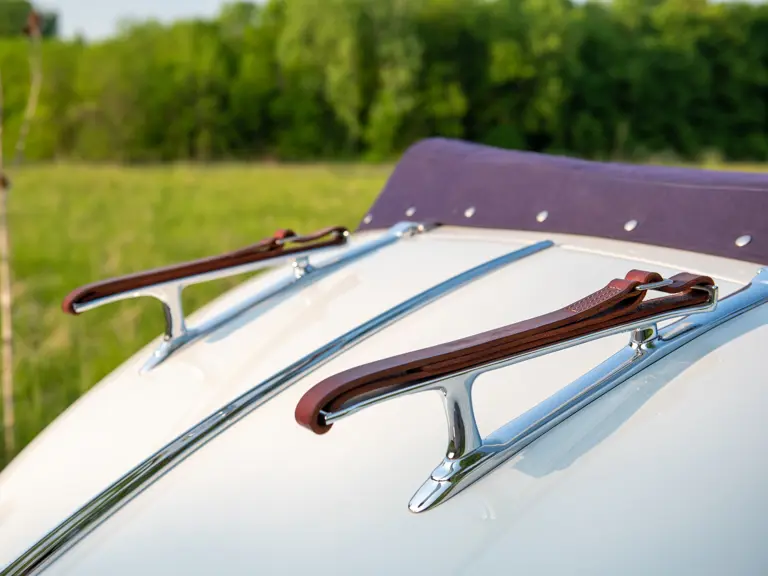

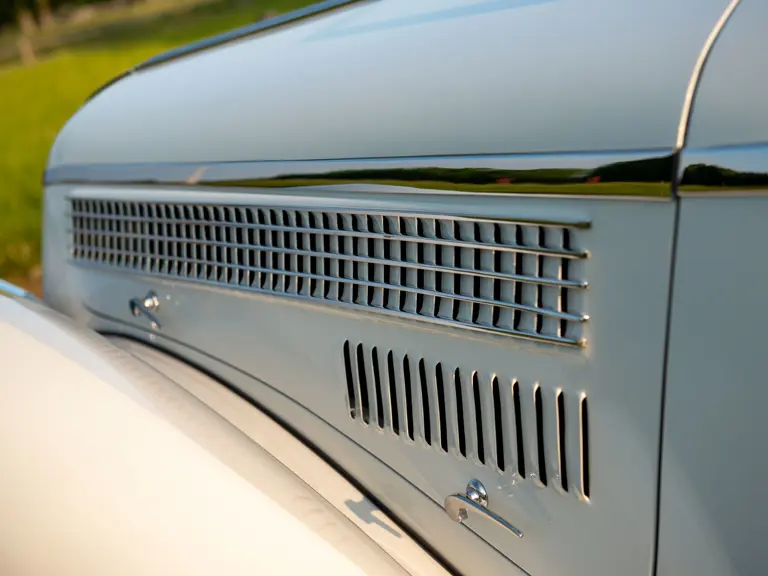
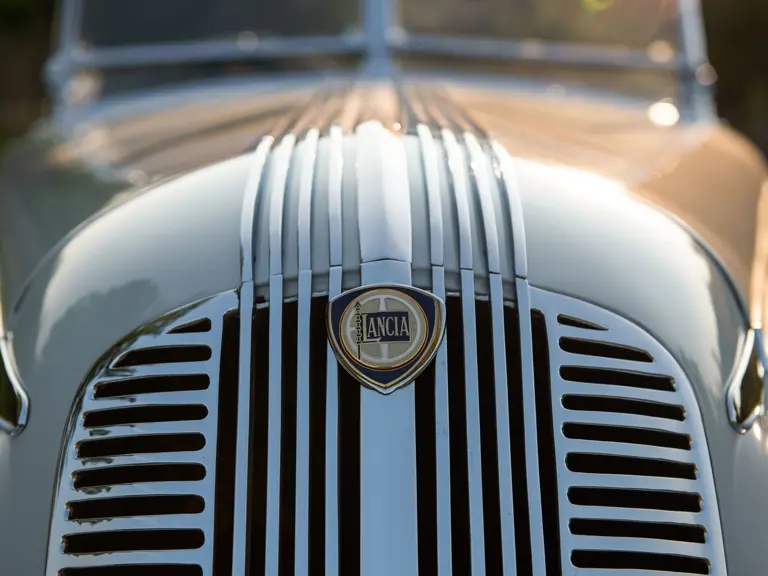

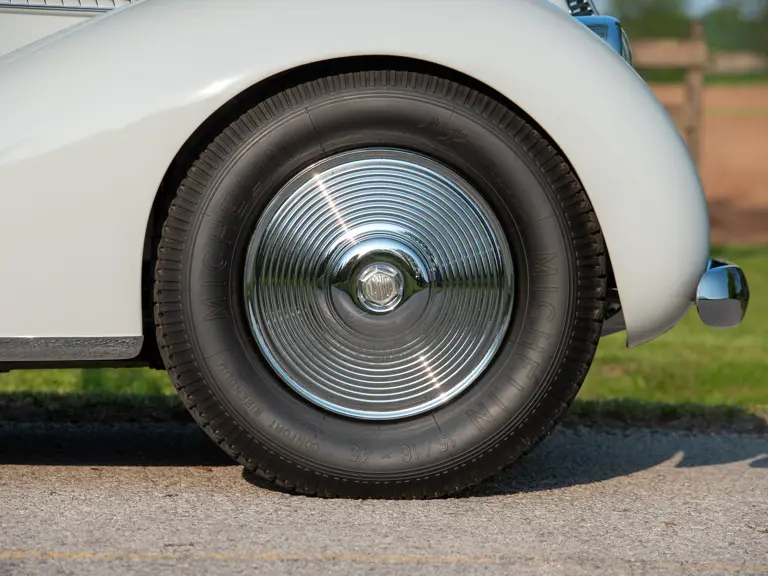

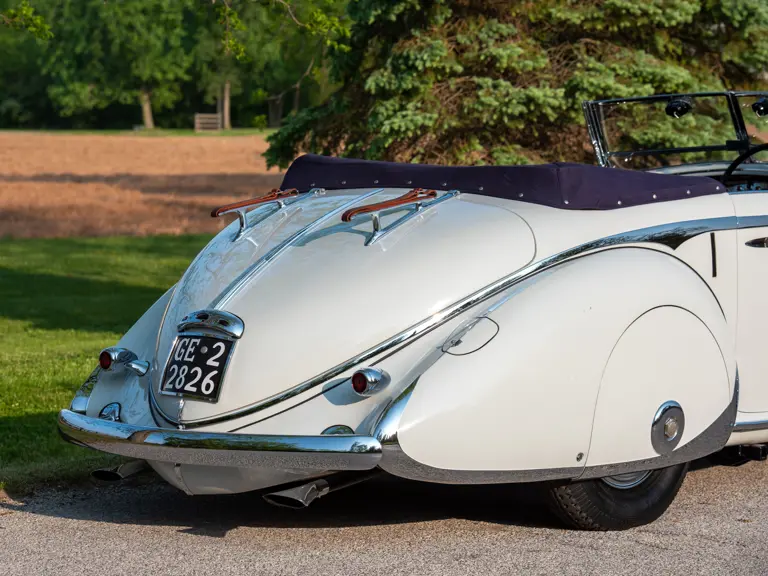
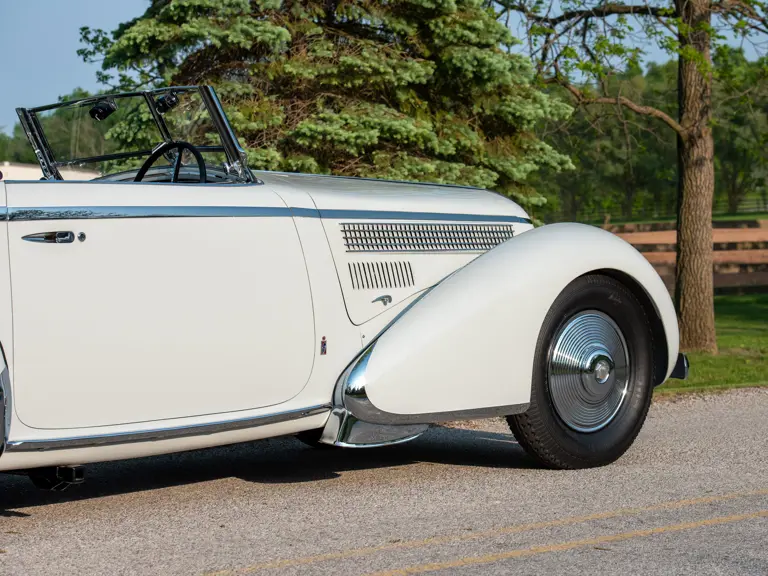
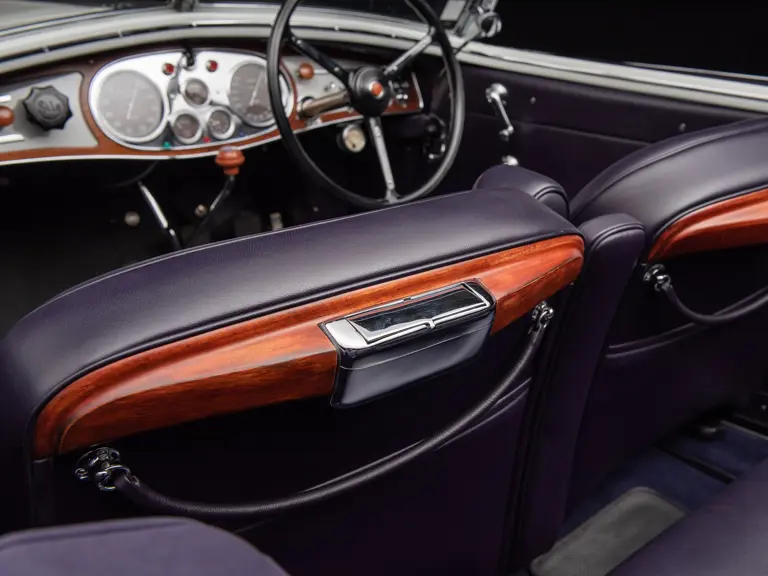
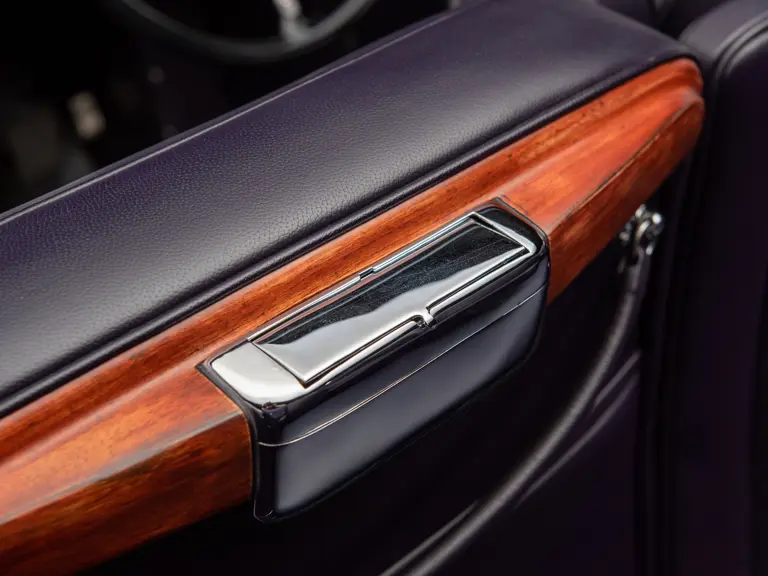
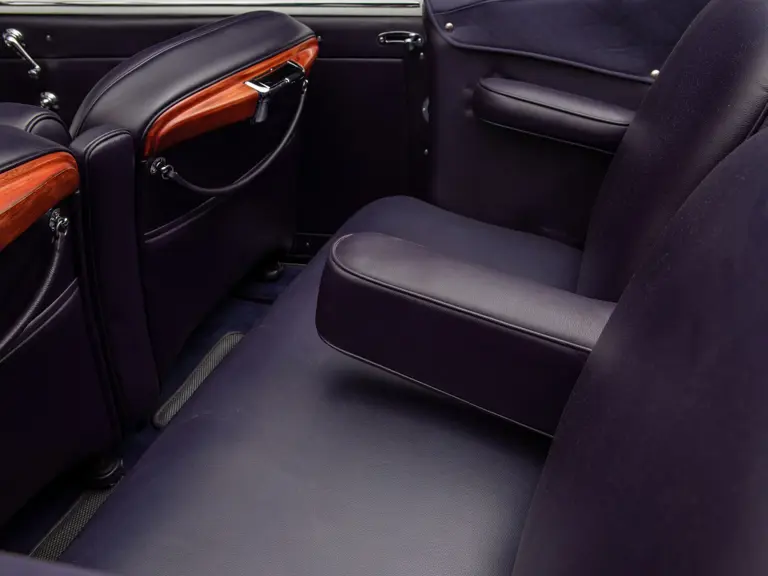
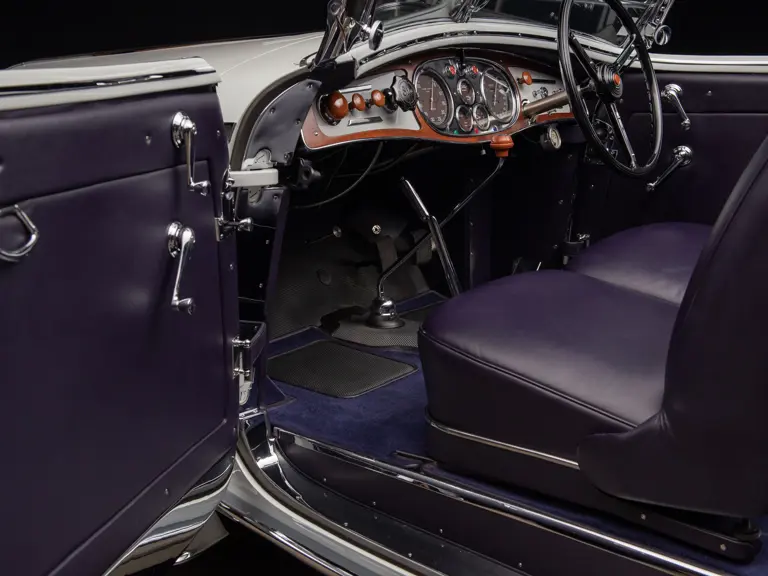
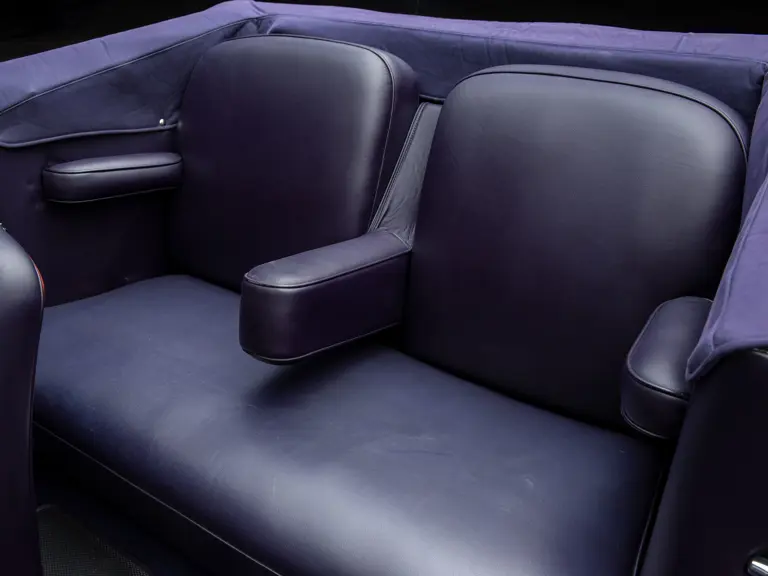

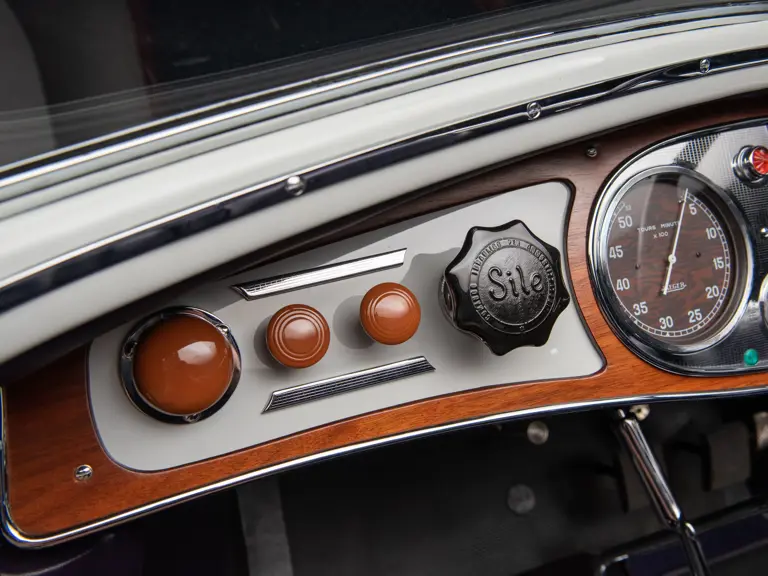
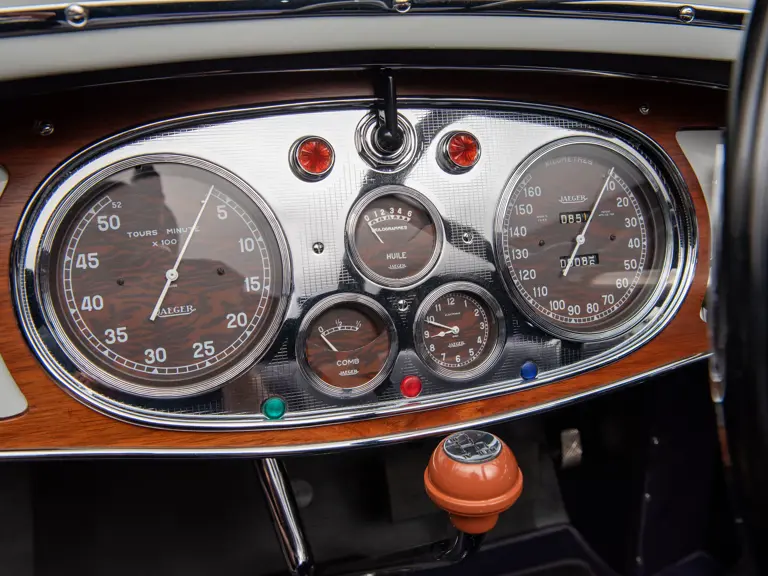
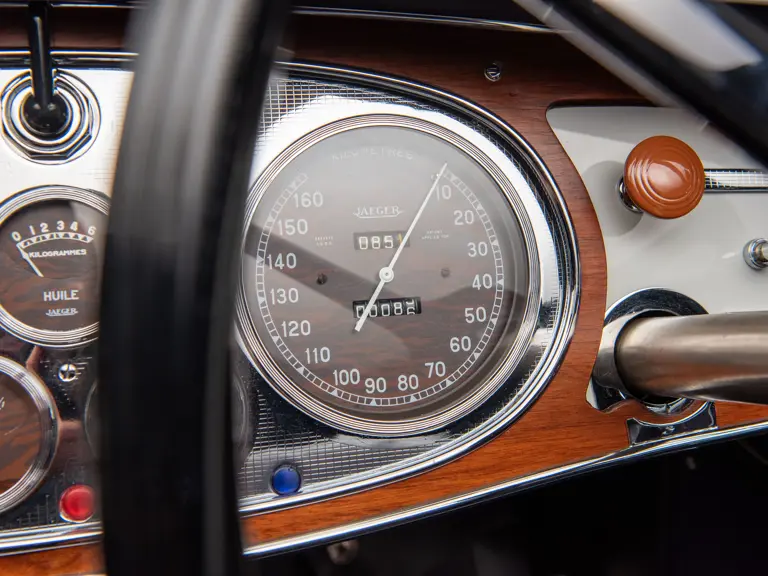
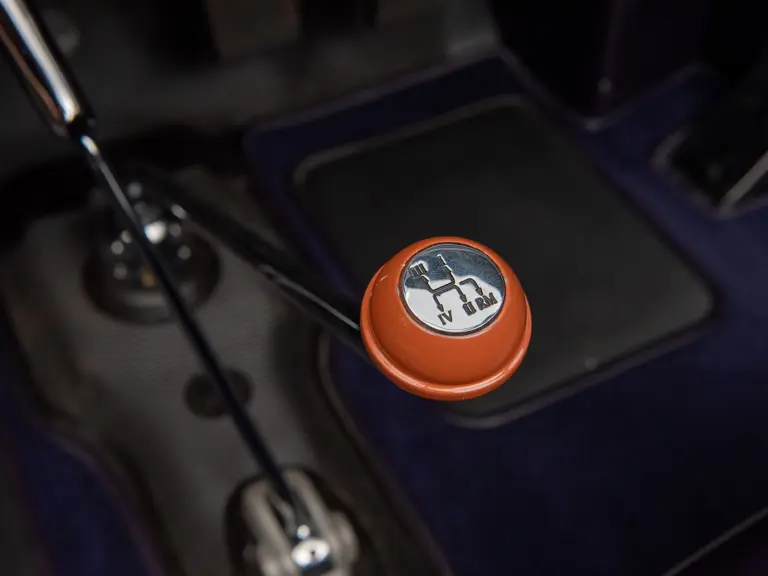
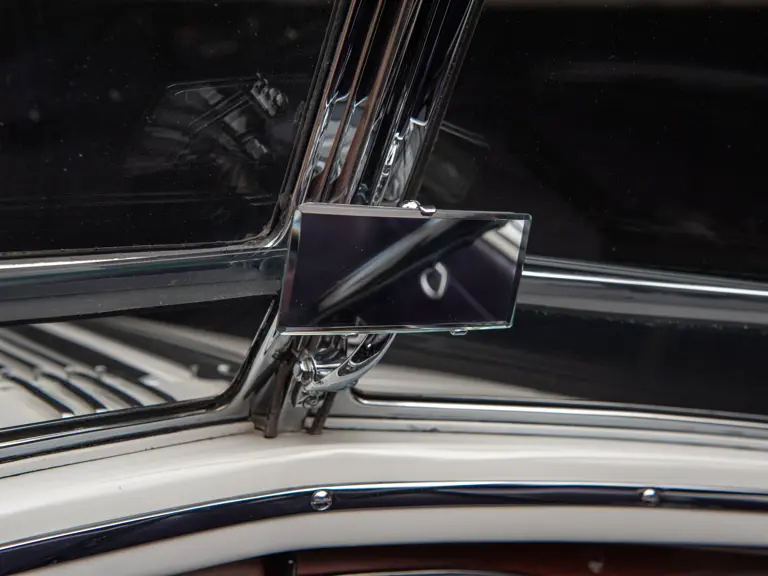
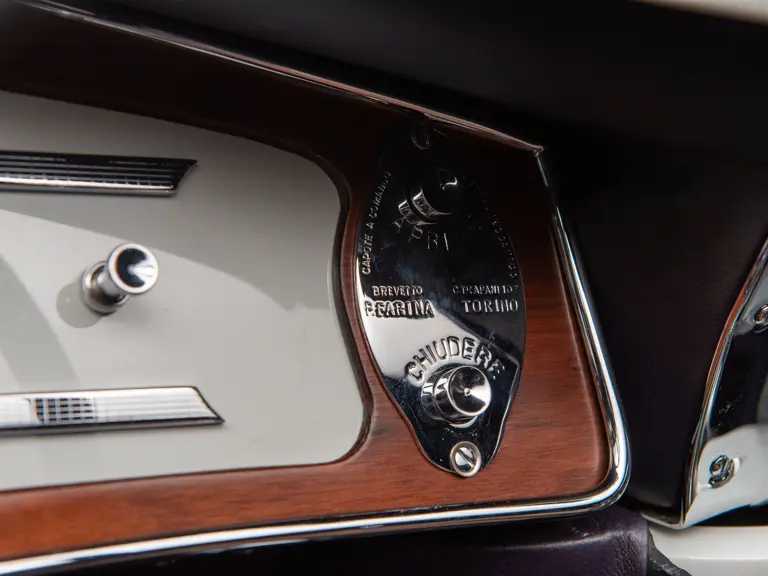

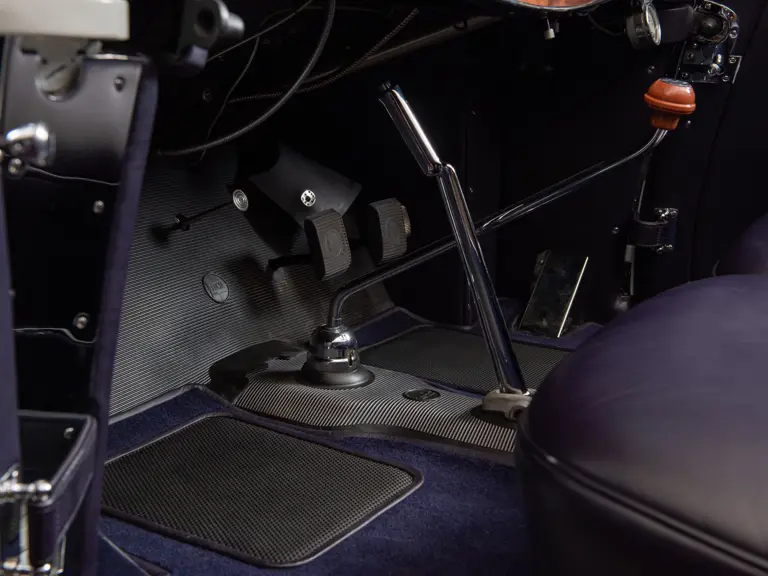
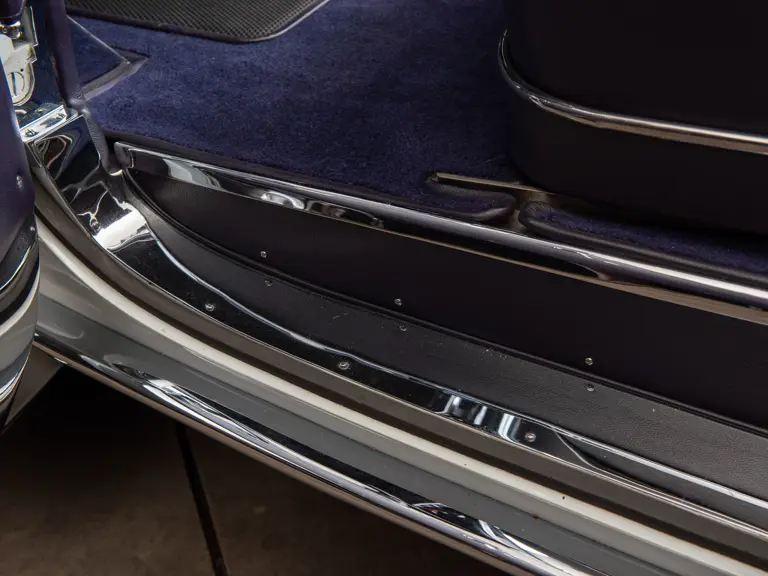
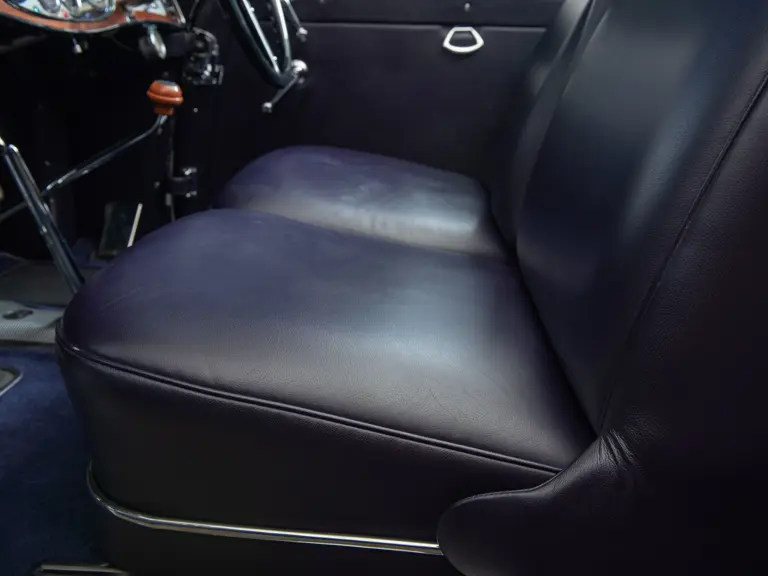
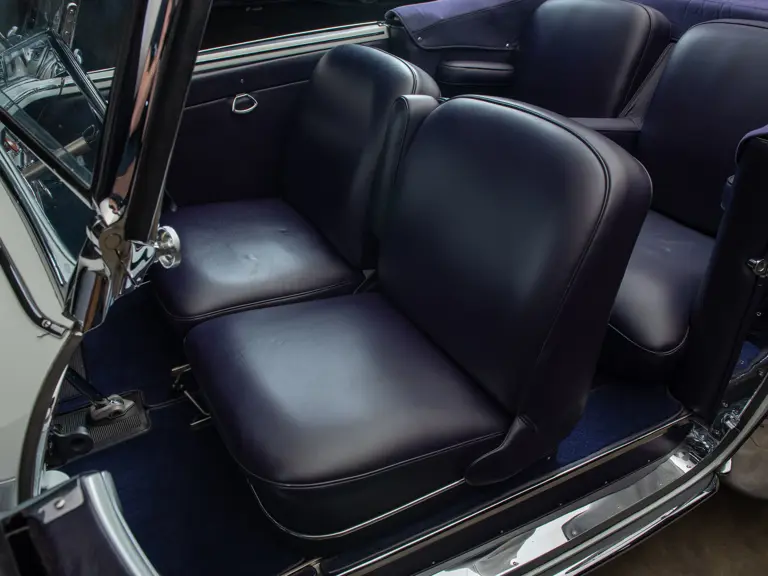
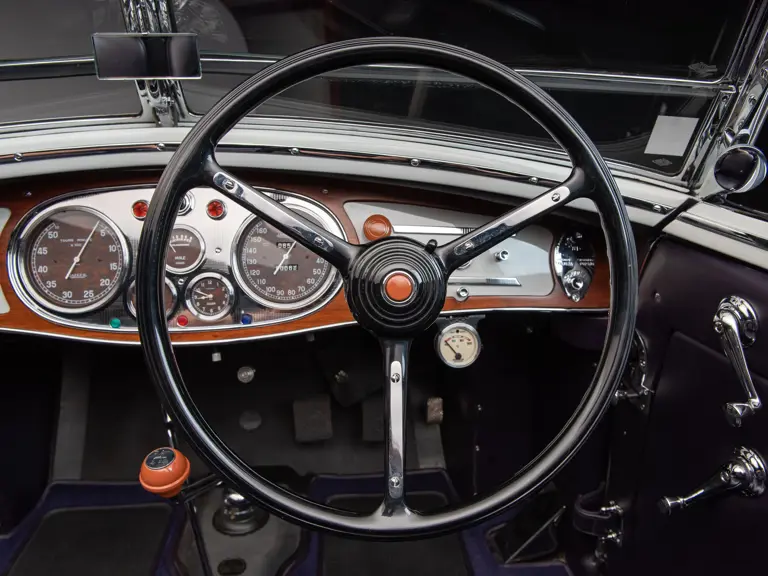
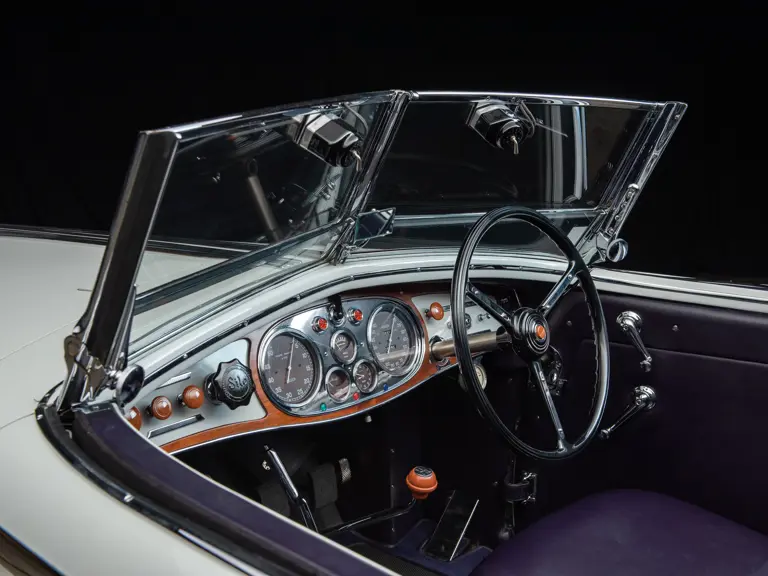

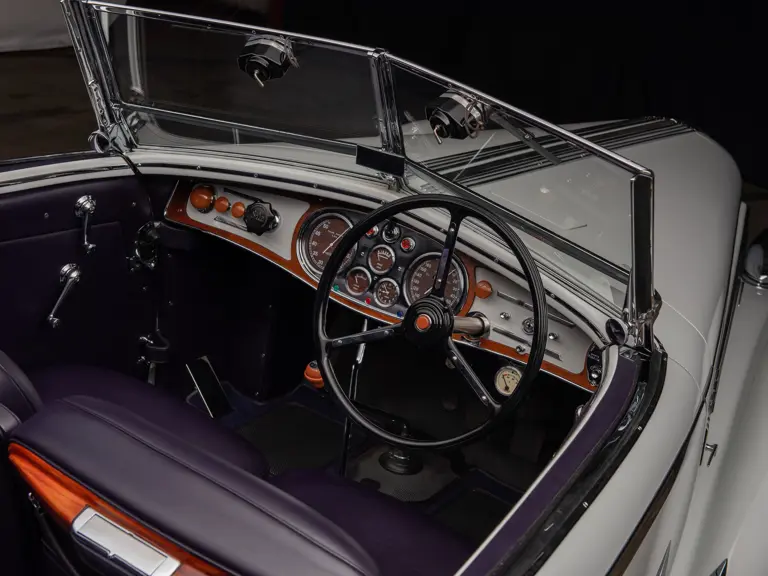
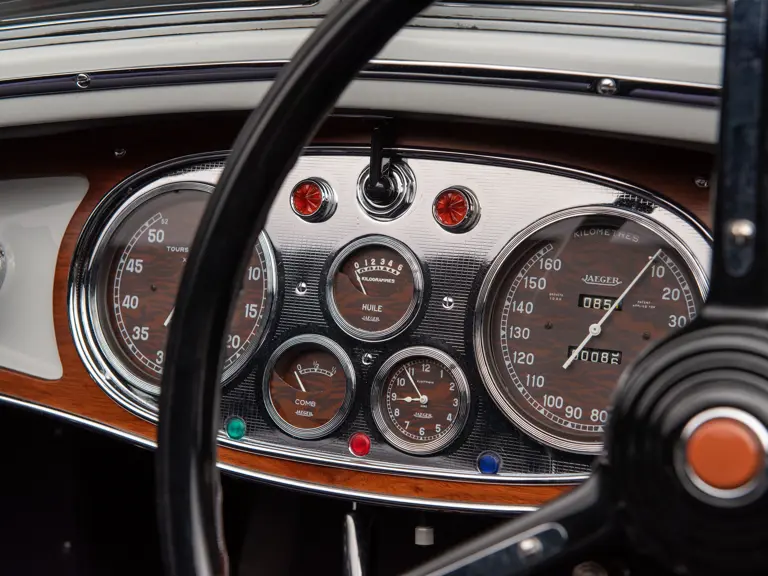
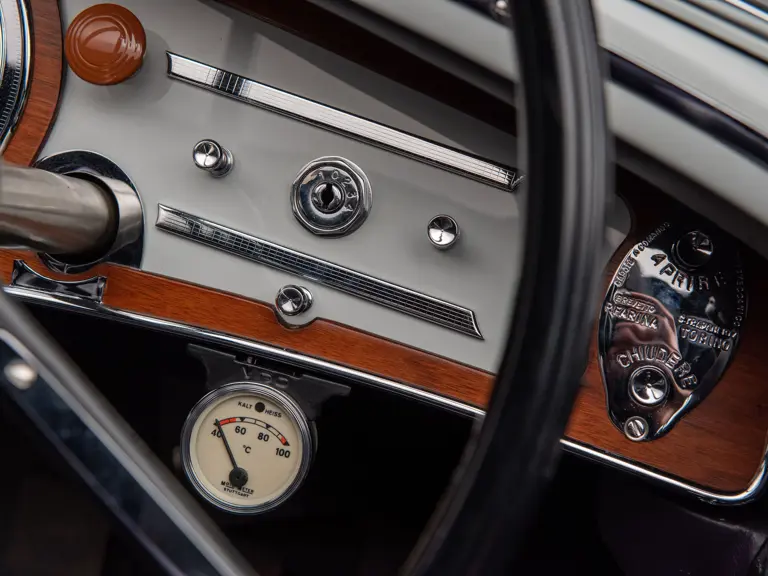
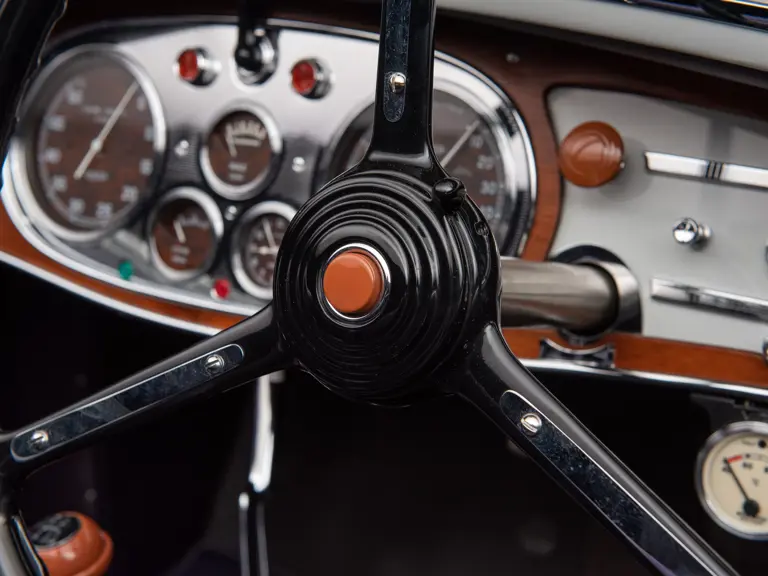
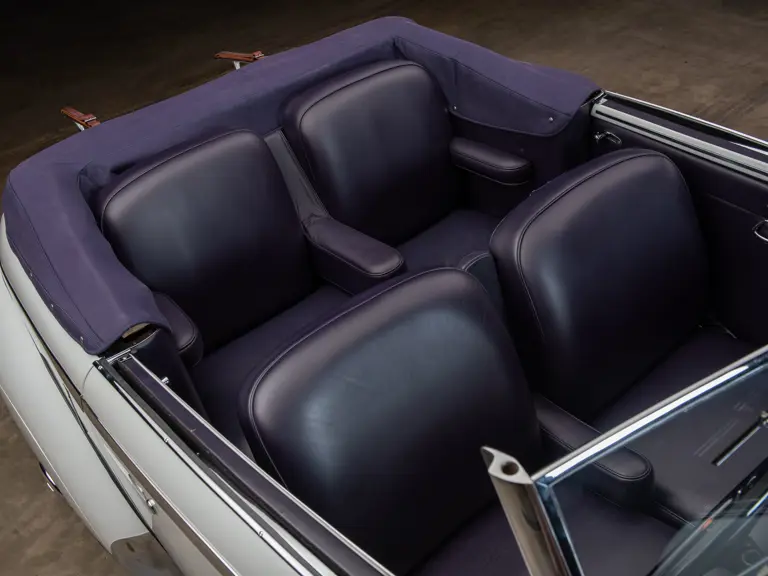
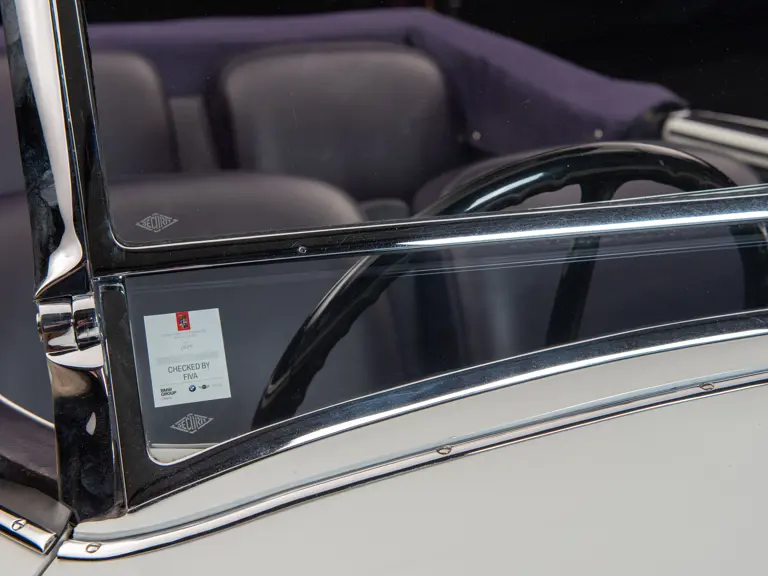
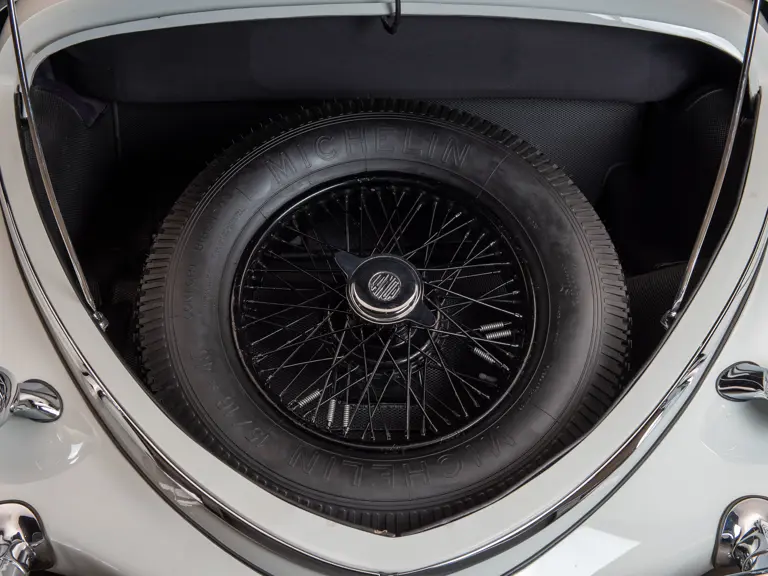
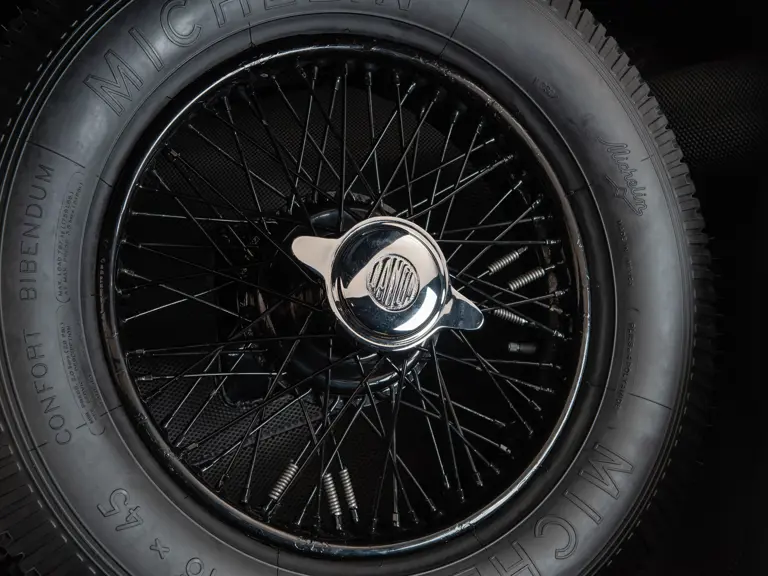
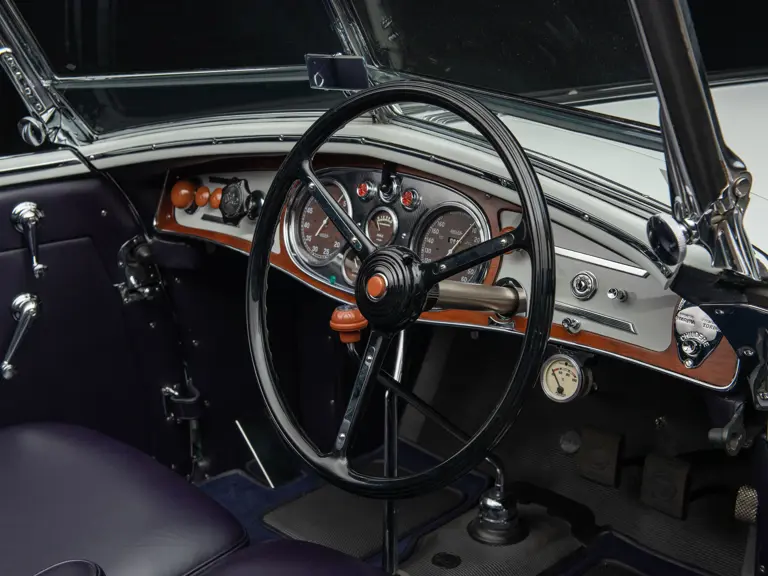
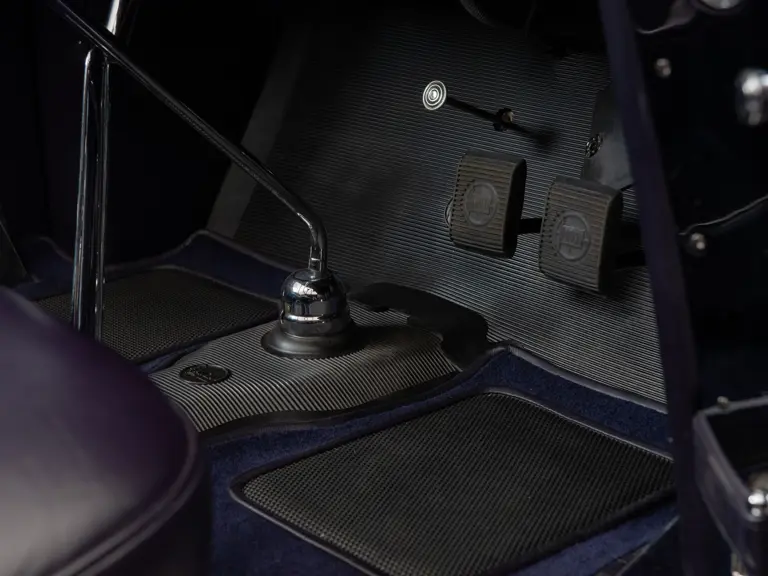

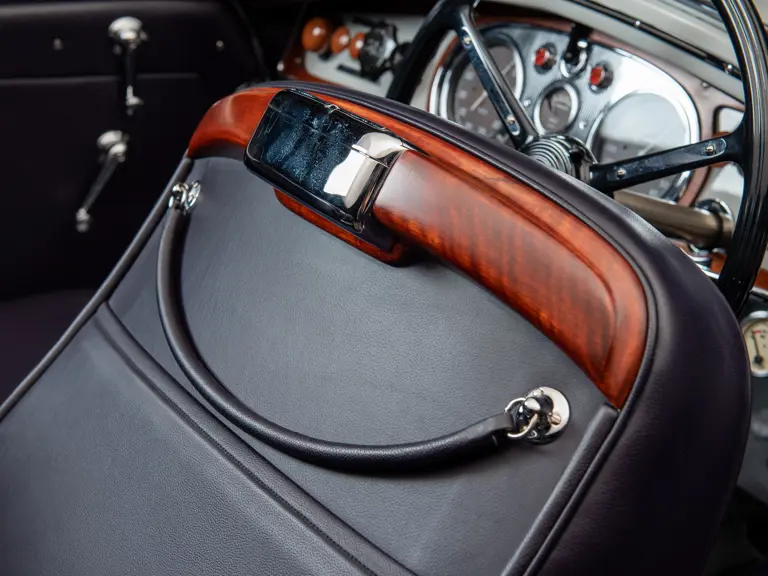
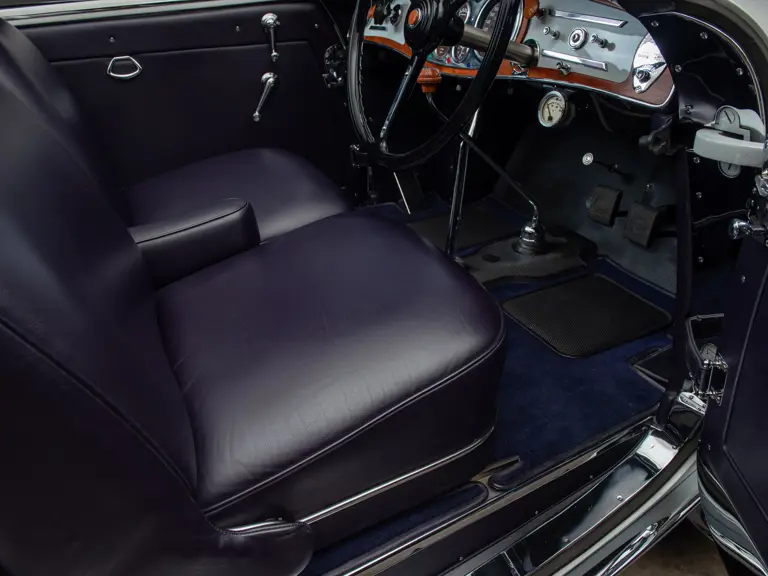
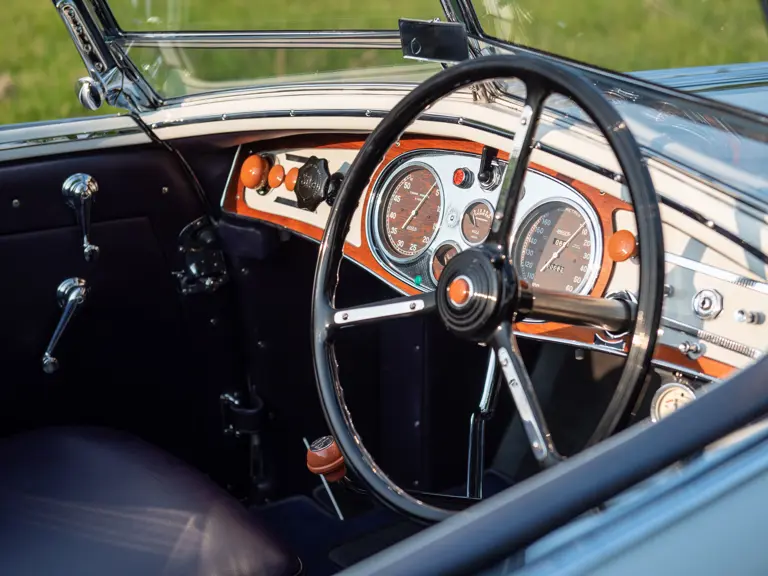
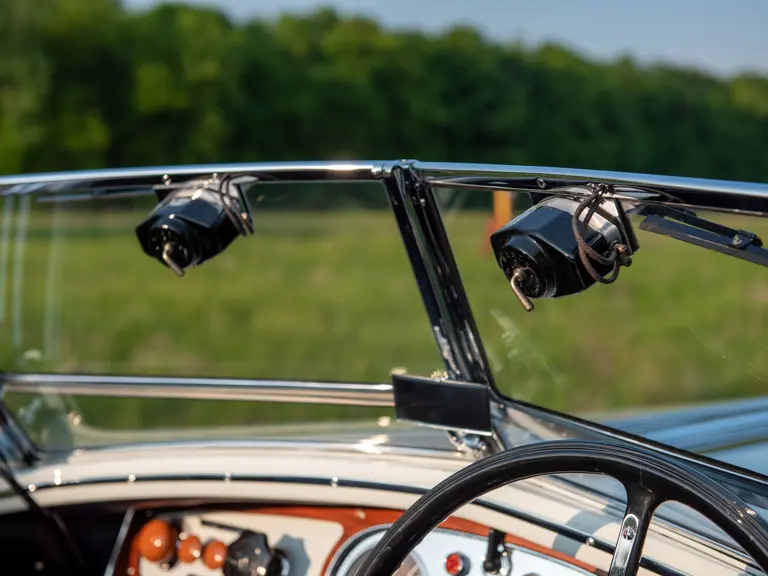

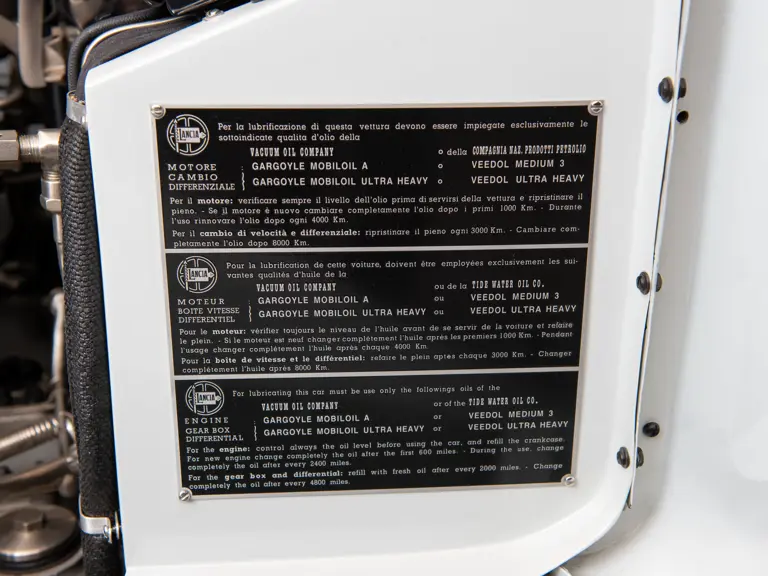
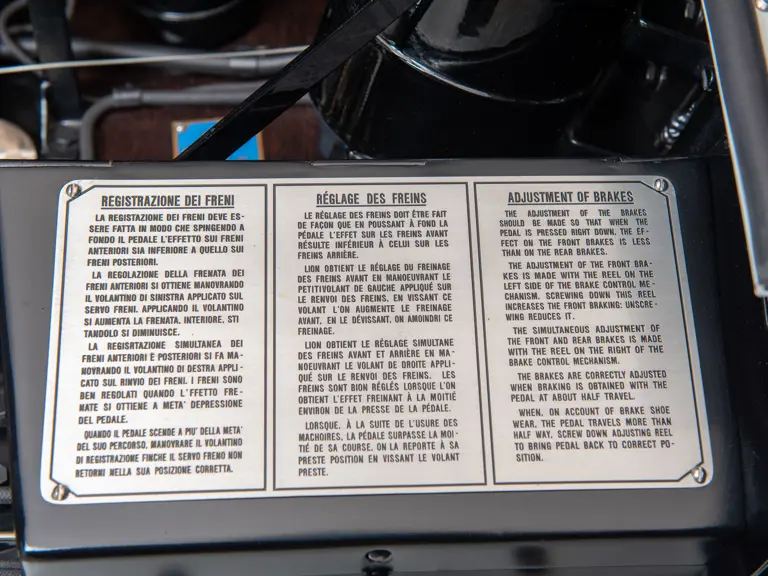
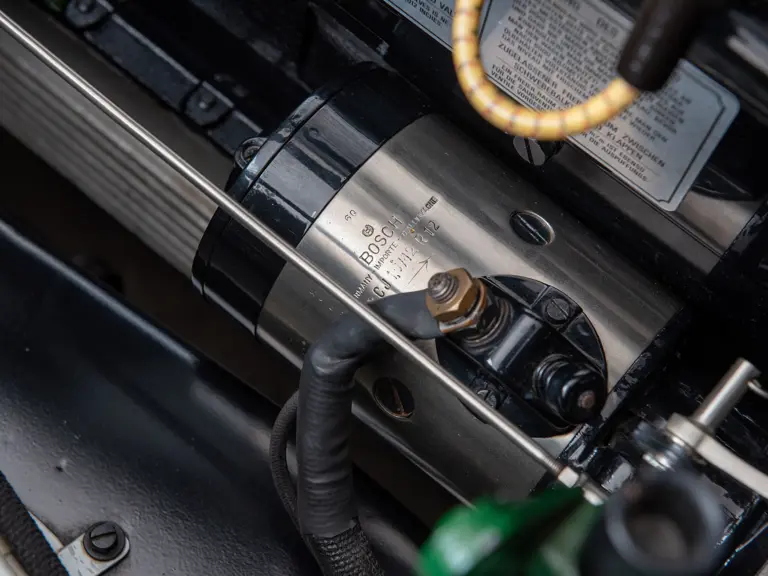

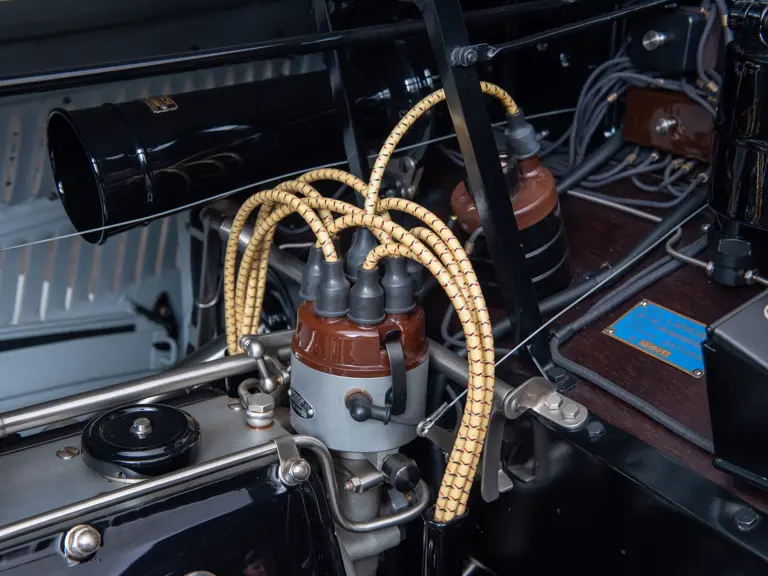

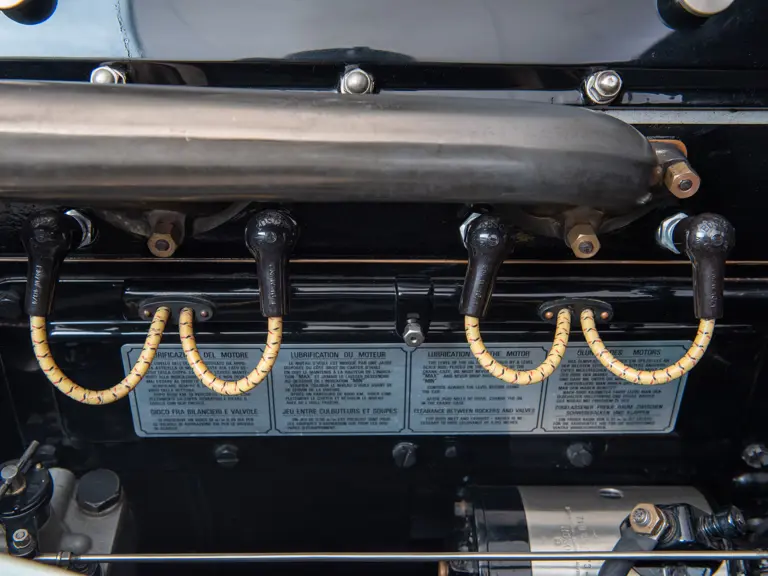
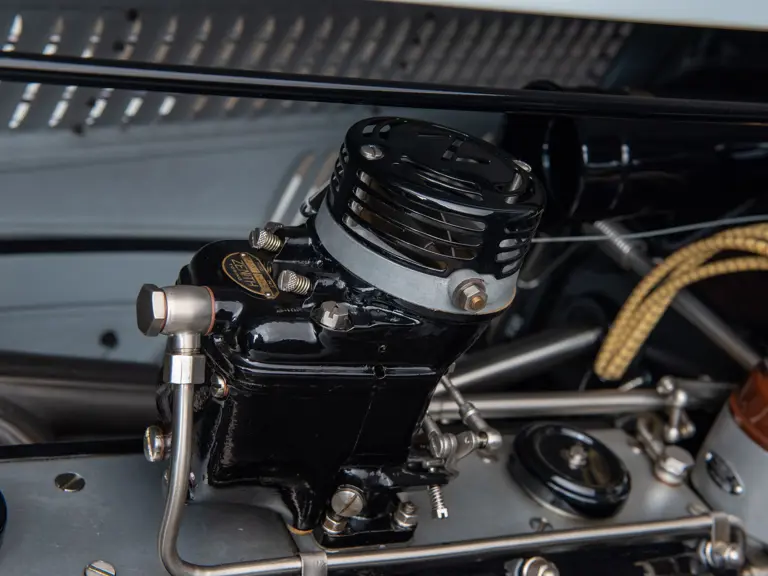
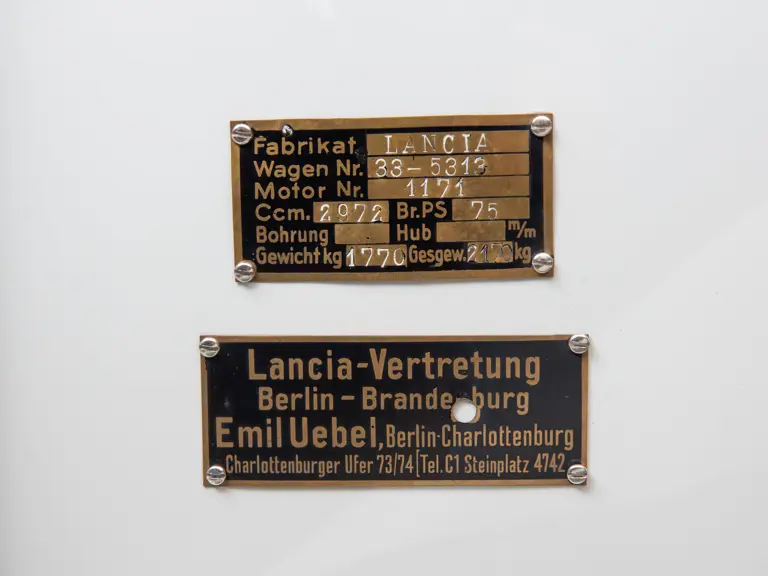

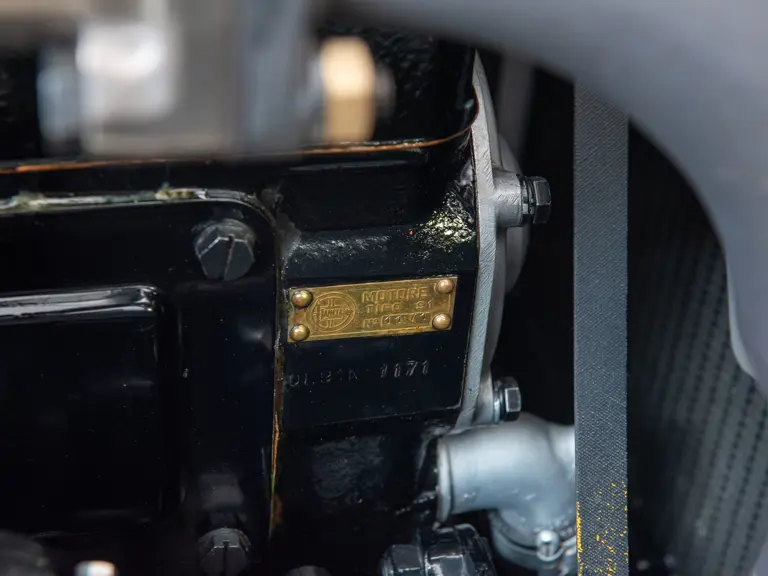
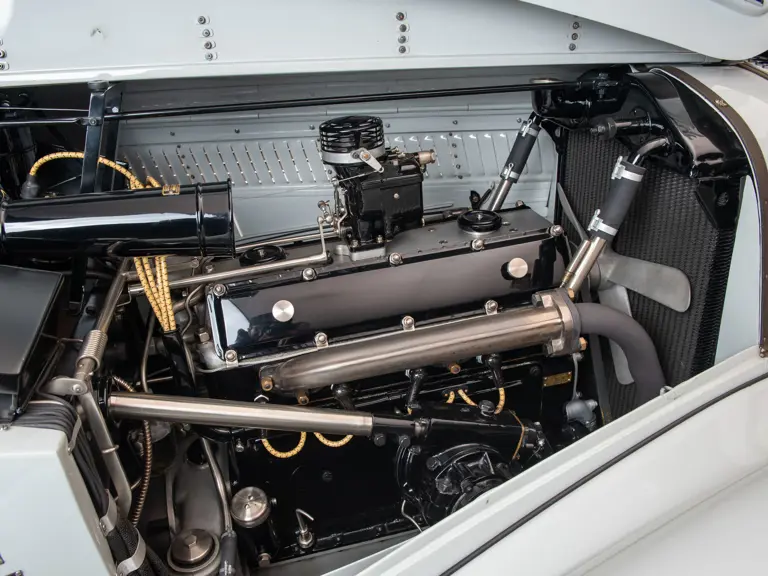
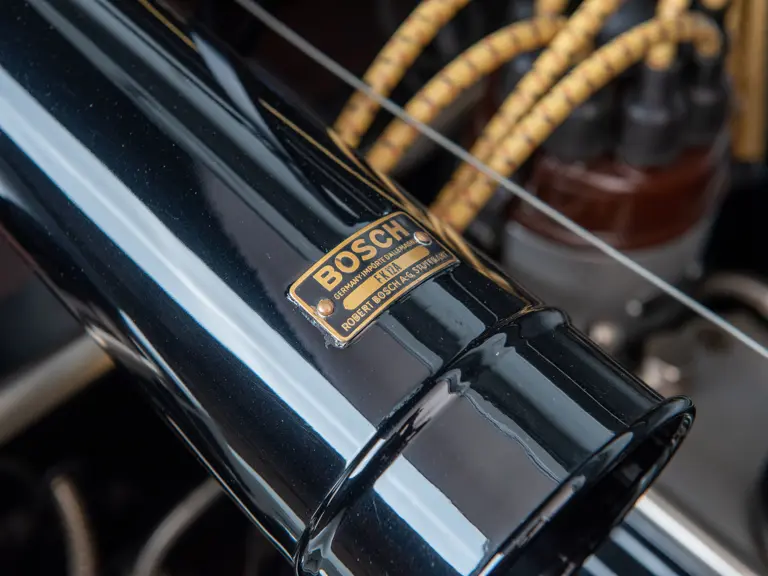
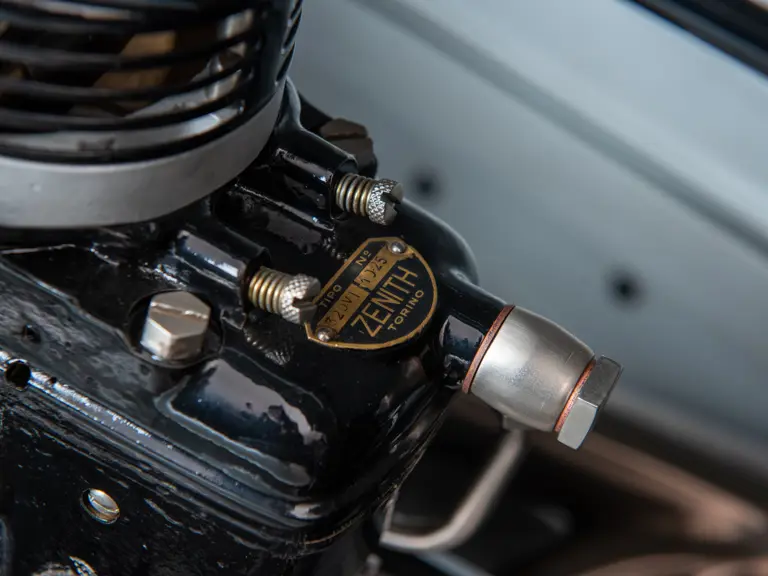
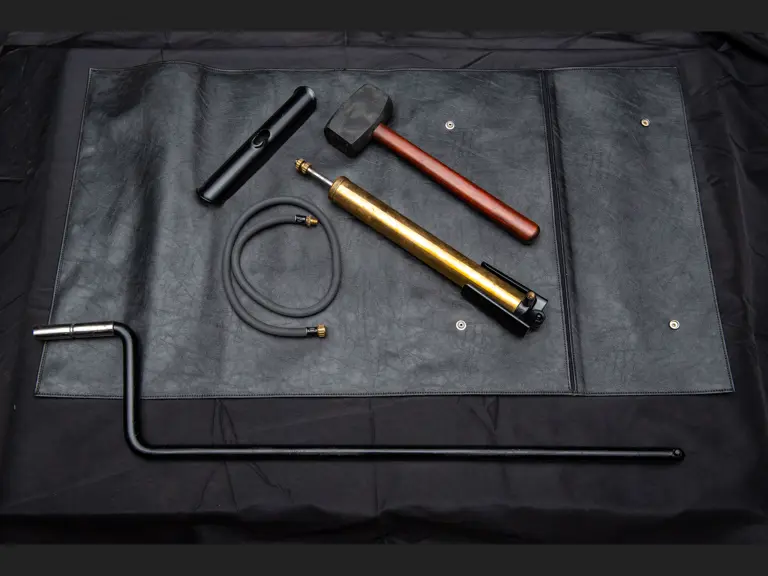

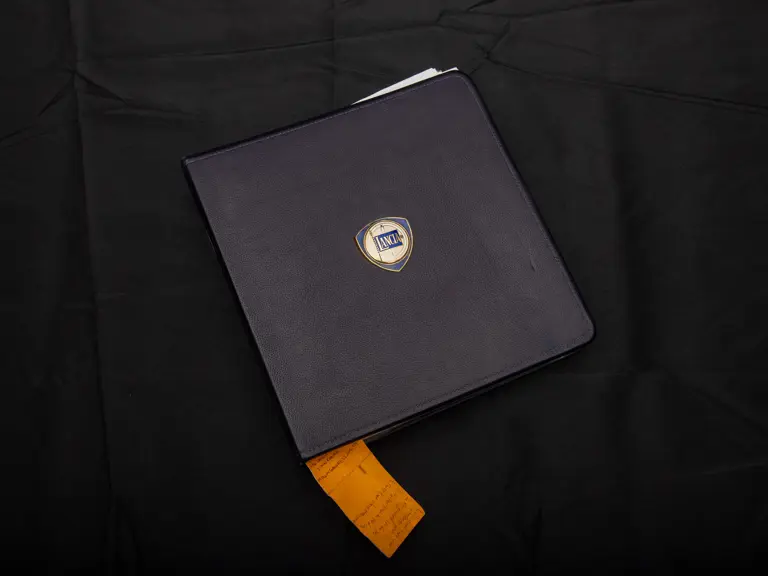
 | Monterey, California
| Monterey, California
